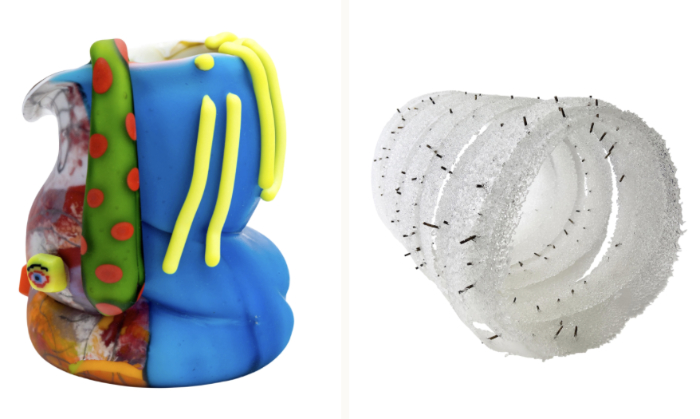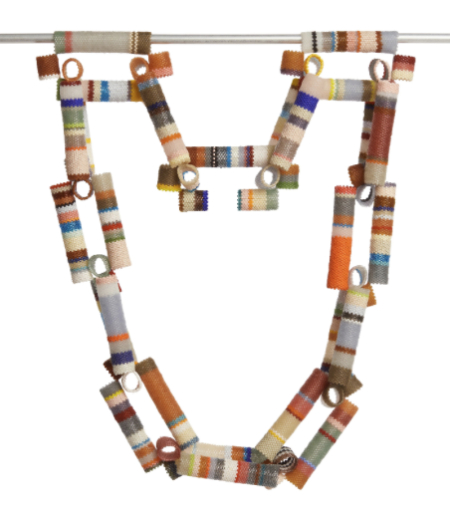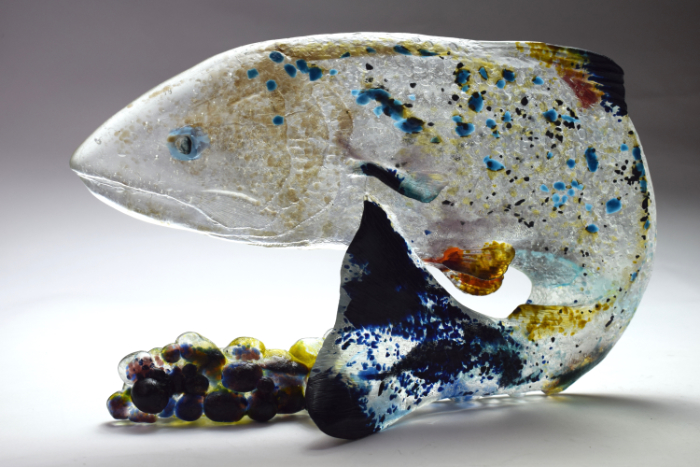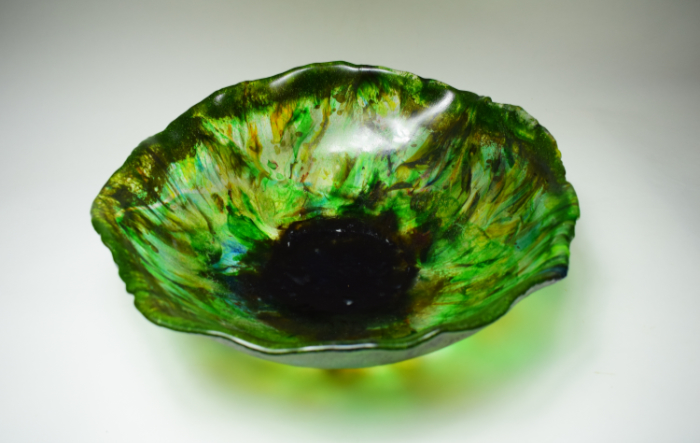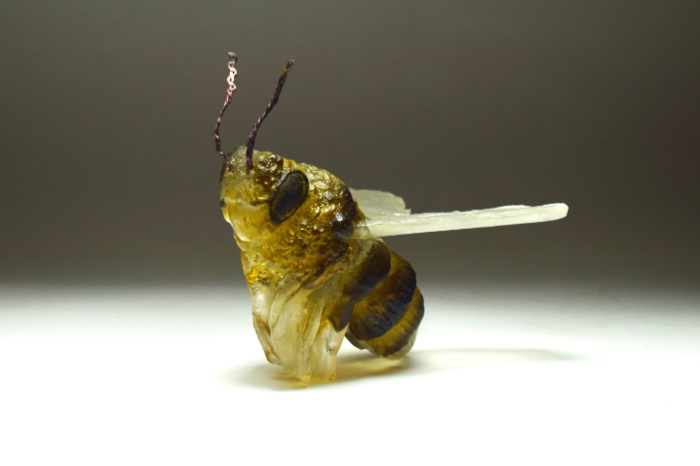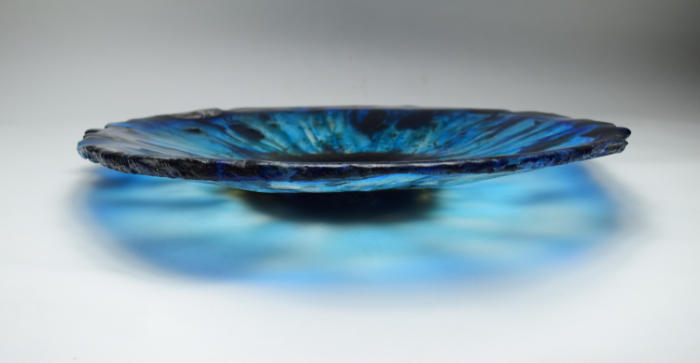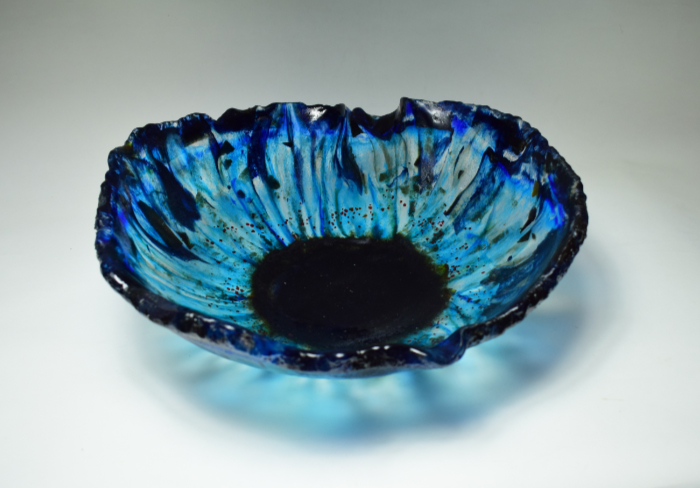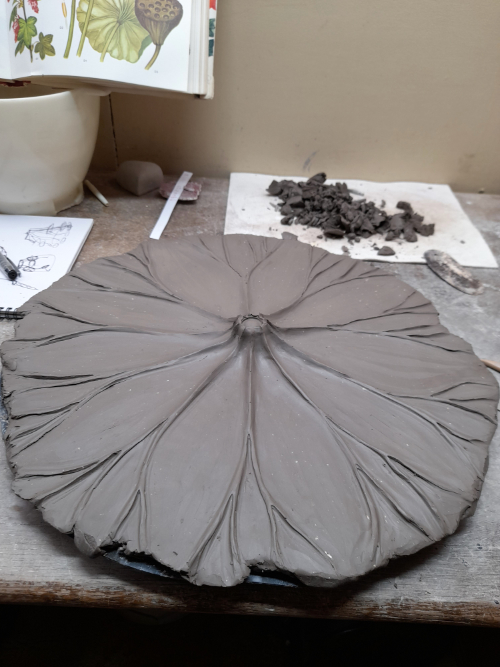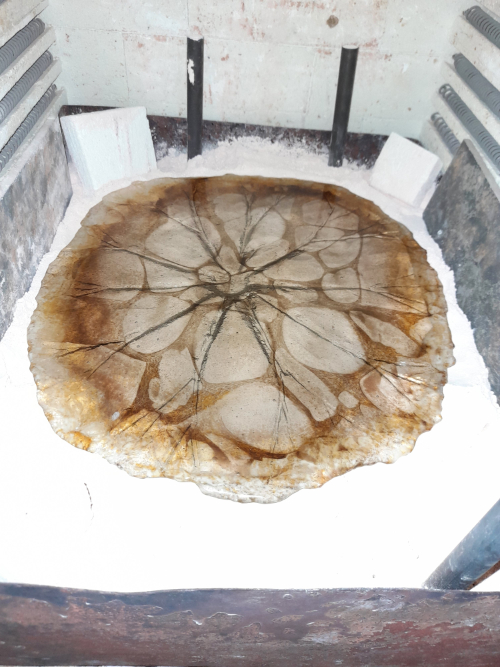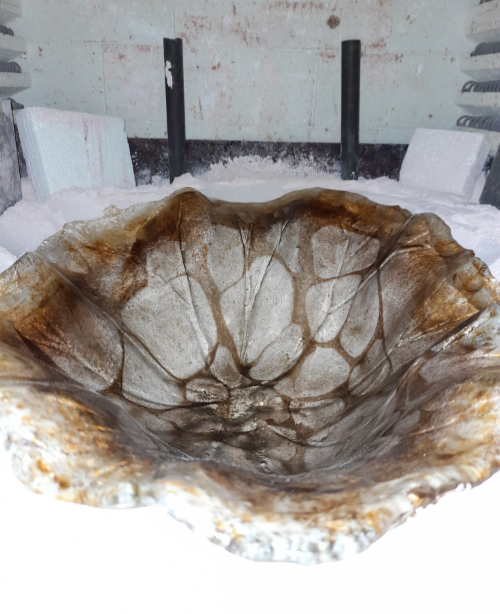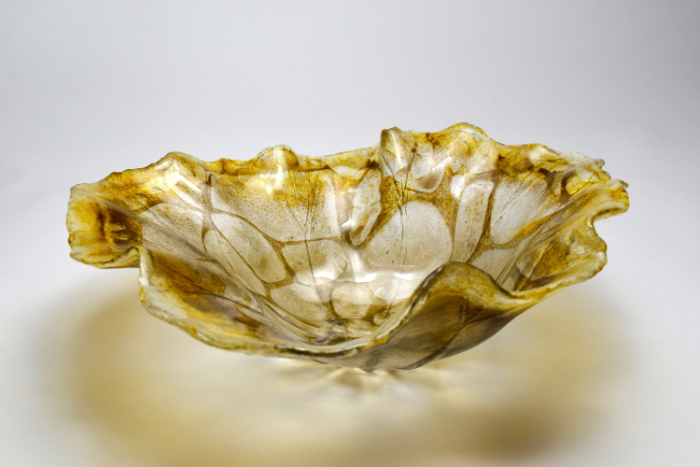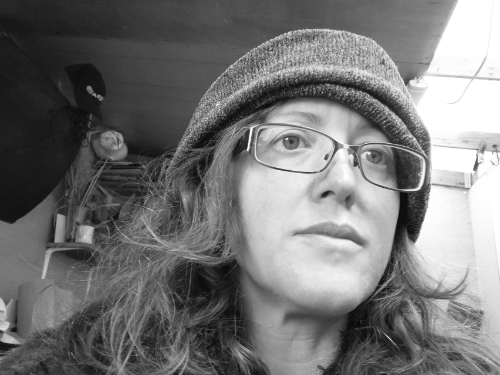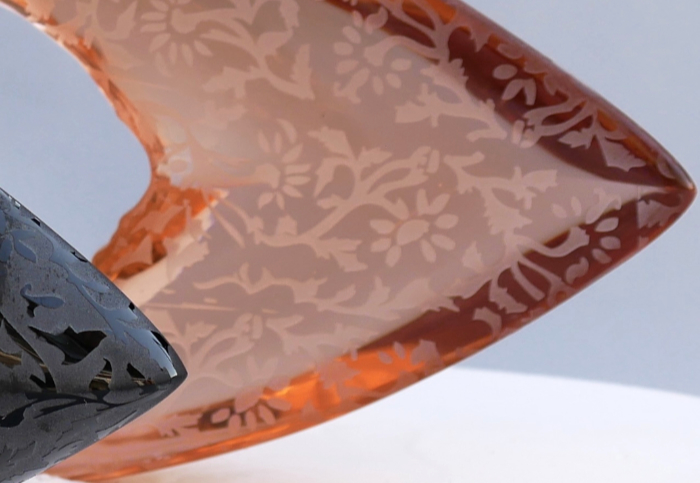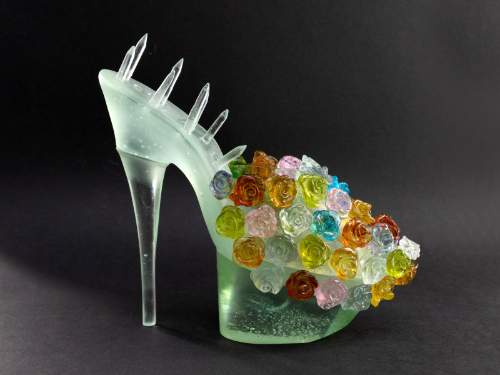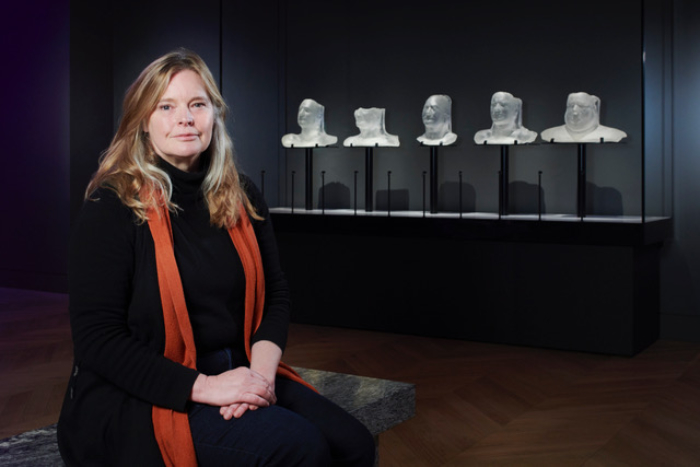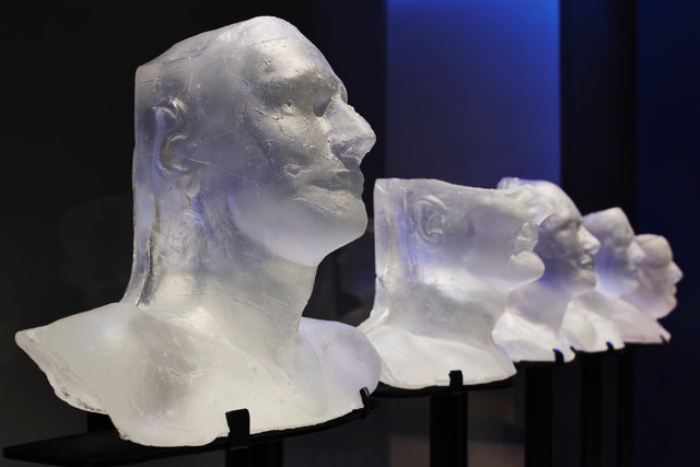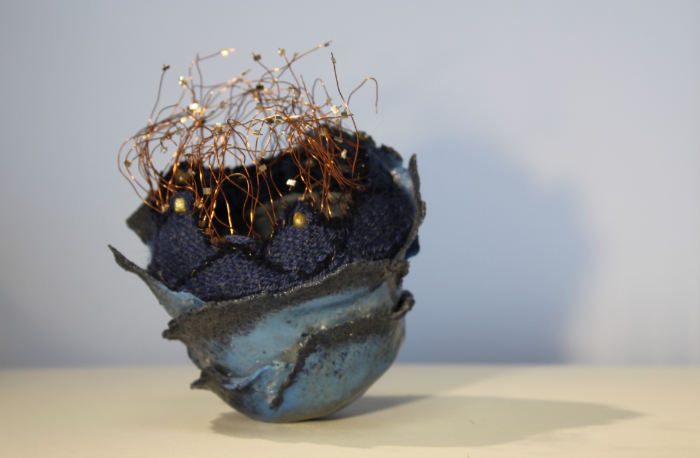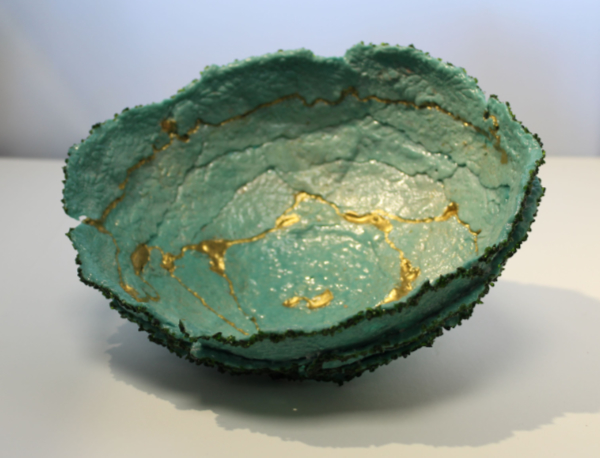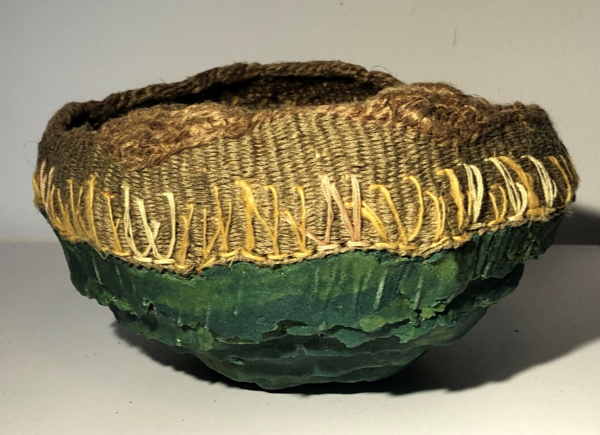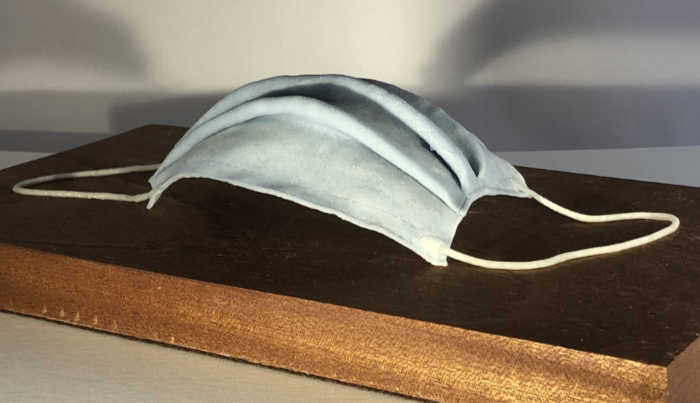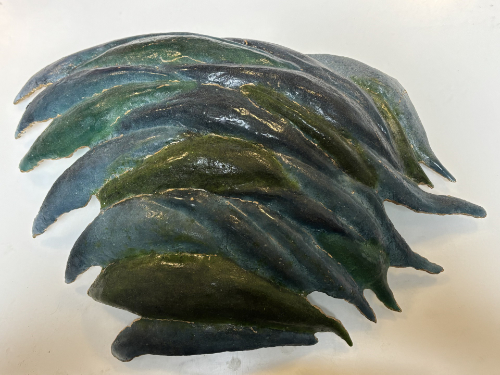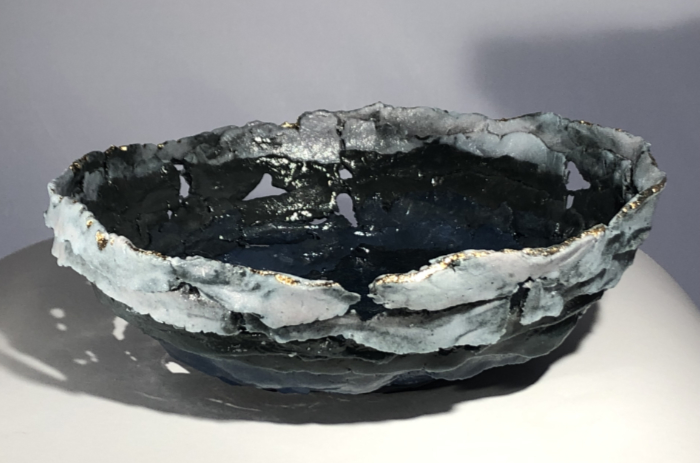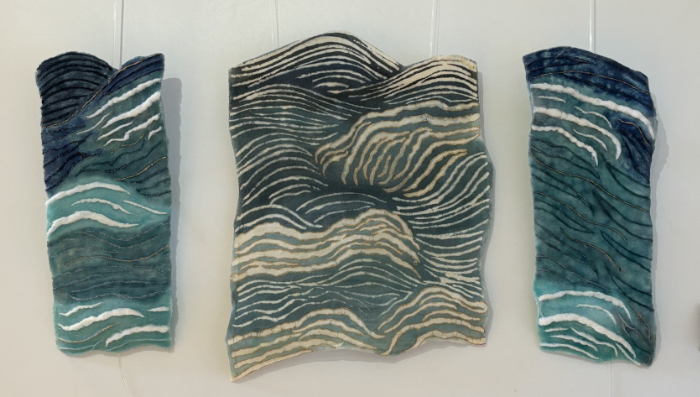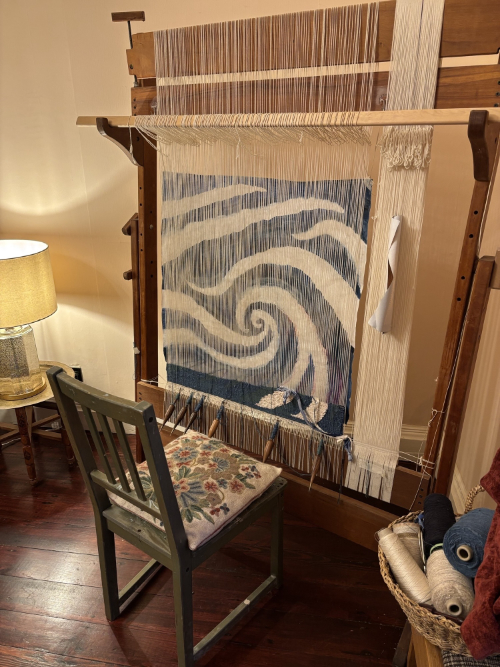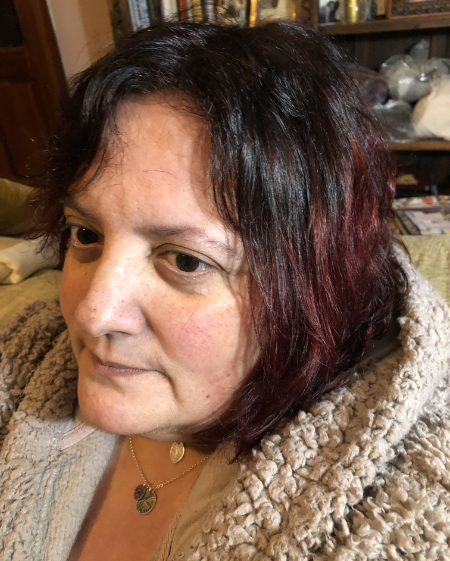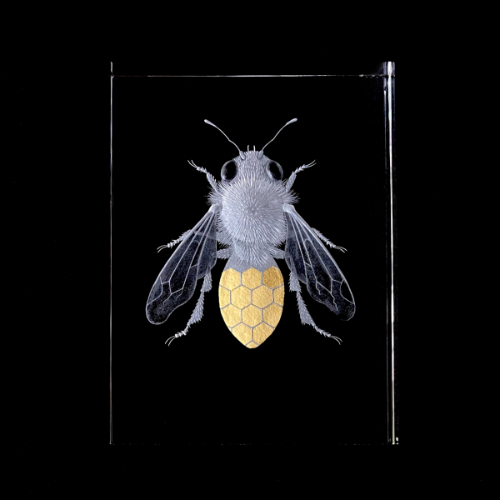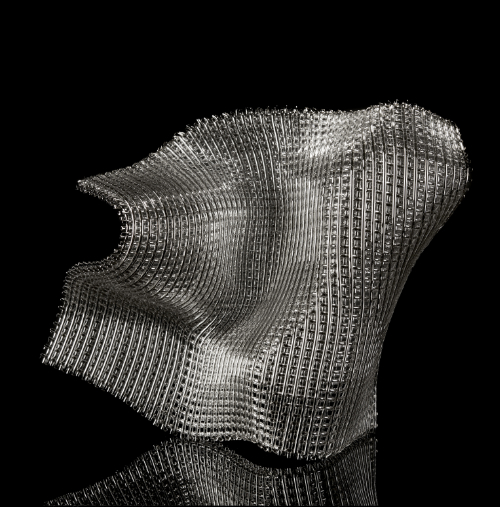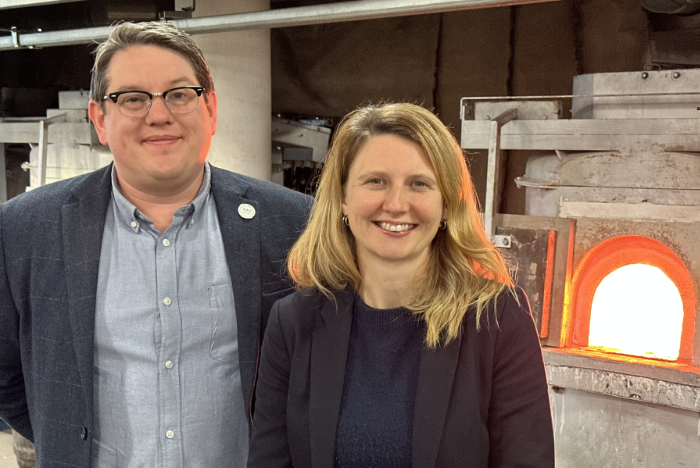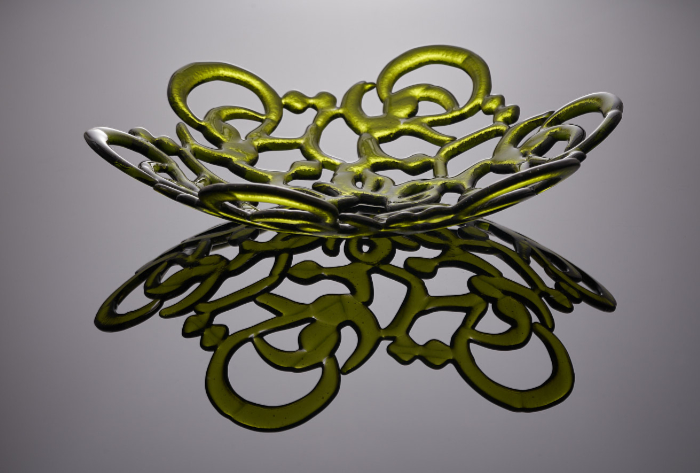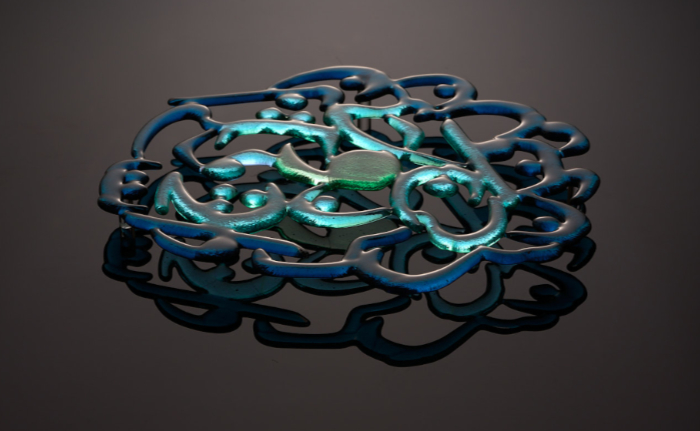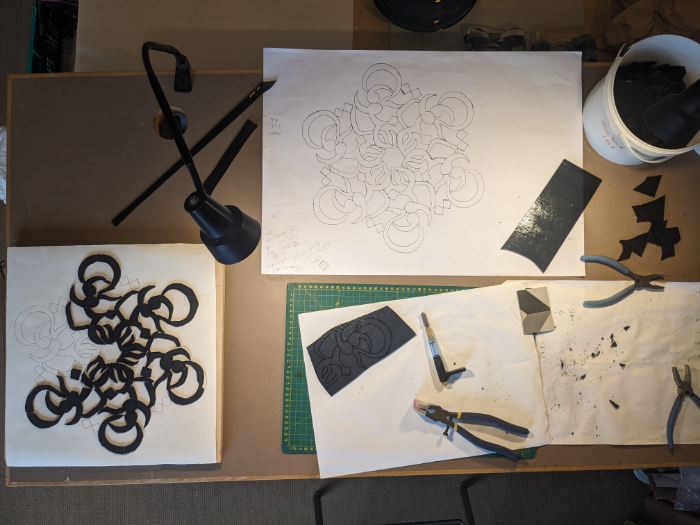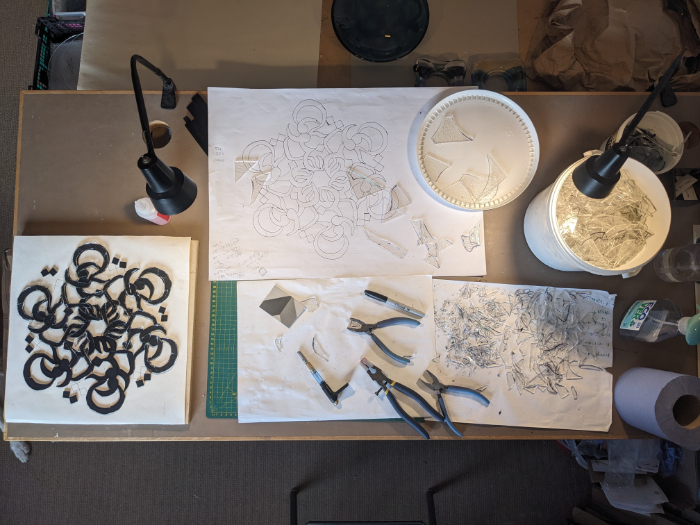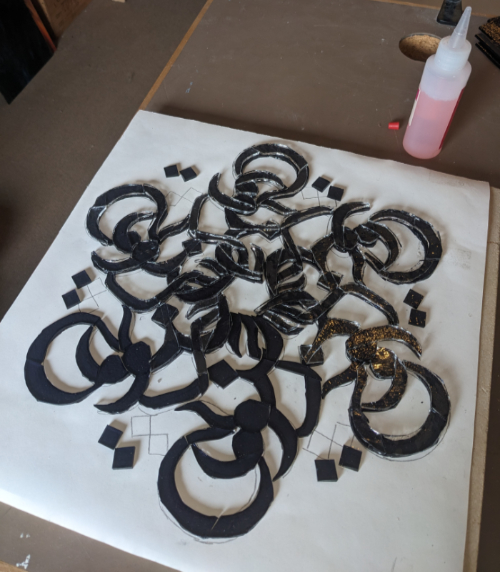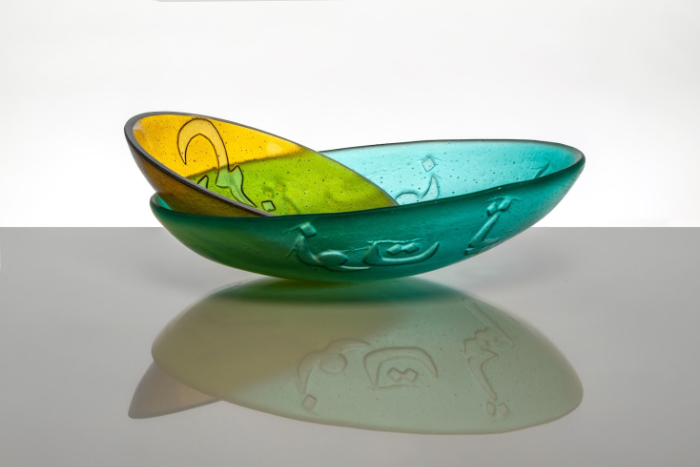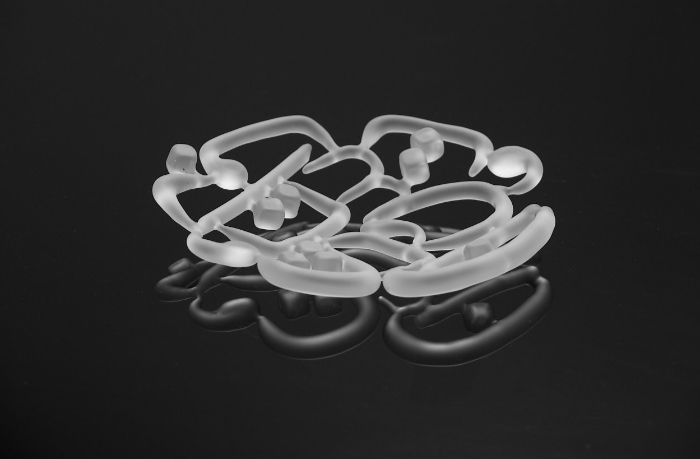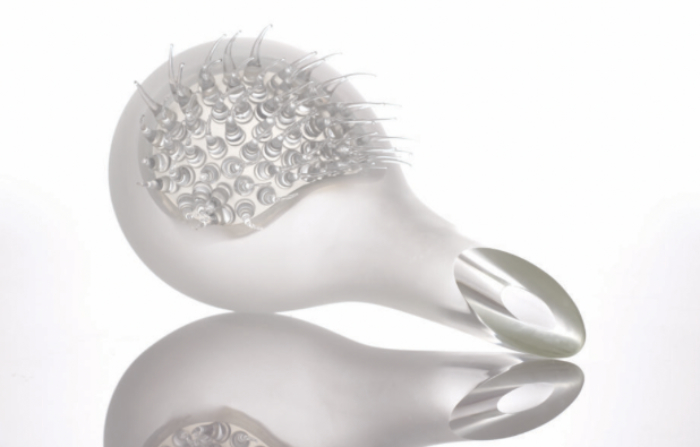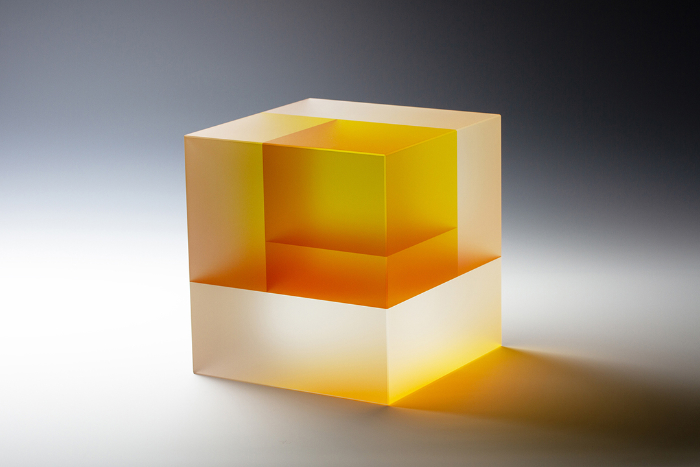
This talented artist and educator, originally from South Korea, is captivated by microorganisms and highlights them through his painstaking coldworking processes
What led you to start working with glass?
I first encountered glass artworks by studio artists in American art magazines in the early 1990s, when studio glass was virtually unknown in South Korea. Before working with glass, I spent several years working with clay, primarily focusing on creating functional works. Wanting to take a break from utilitarian pieces, I began exploring different materials and sculptural forms. I was particularly drawn to glass because of its unique transparency and vibrant colours – qualities I hadn’t found in any other medium I had worked with before.
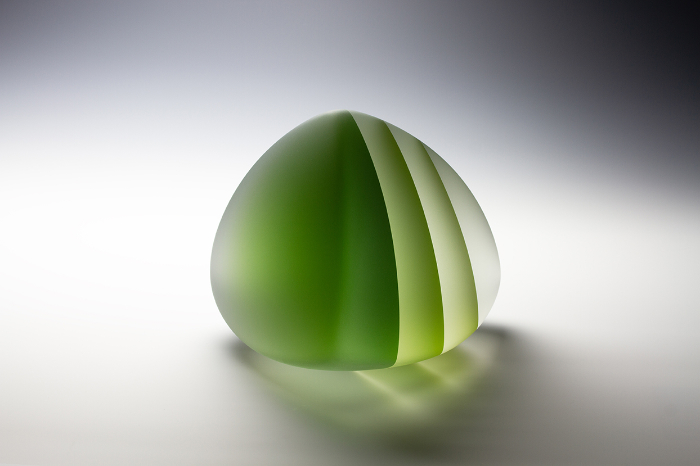
What glass techniques have you used, and which do you prefer?
I began with glass casting, as it was a natural transition from my experience with mould making in ceramics. During graduate school, I experimented with various techniques, but, after I graduated, I started experimenting with new works that primarily employed coldworking. My ‘Segmentation’ series mainly utilizes coldworking, and I’ve found that this meticulous and precise process suits my personality.
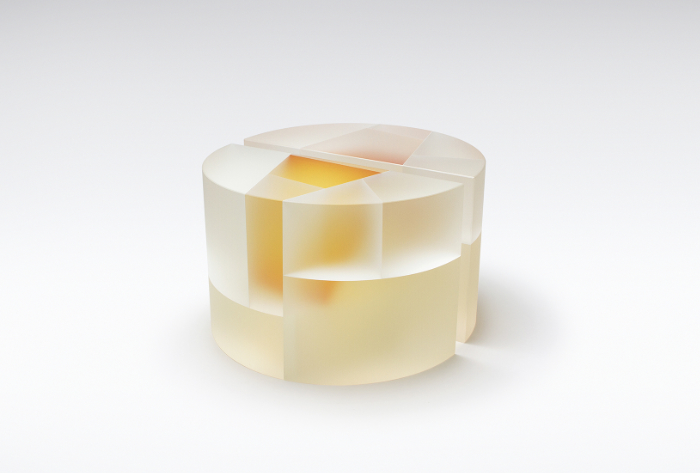
Please tell us more about your creative approach. Do you draw your ideas out or dive straight in with the materials?
I begin by sketching my ideas and searching for microscopic images, before ordering the optic glass or coordinating with gaffers and the hot shop to create the forms. My process always starts with clear, solid glass blanks, whether they are optic glass blocks or hot-formed glass. Most of the time, I work from specific and detailed designs, but, like all creative processes, adjustments occasionally occur along the way.
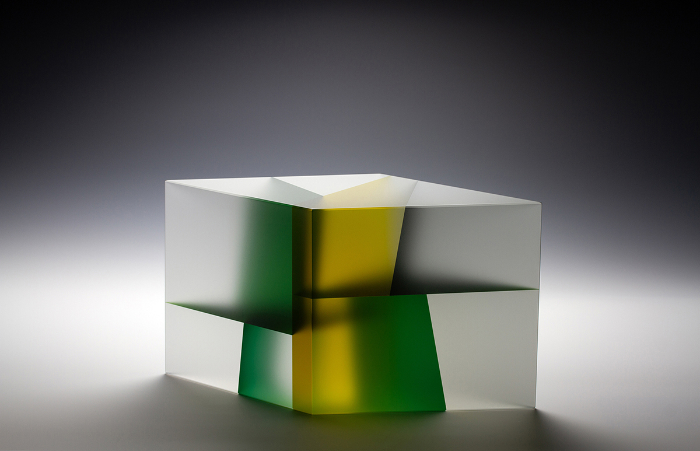
What message(s) do you want to convey through your art?
I’m fascinated by cells, pollen, diatoms, bacteria, and other microorganisms; their forms, behaviours and ecology captivate me. Though they often appear alien or otherworldly, they have existed far longer than humans and play essential roles in maintaining ecological balance. Natural ecosystems thrive on intricate interconnections and symbiotic relationships among organisms, species, and colonies. Though invisible to the naked eye, I see these microorganisms as a microcosm of ourselves – living beings with diverse characteristics, roles, similarities, and differences. Through my art, I explore these hidden worlds and reflect on the interconnectedness of all life.
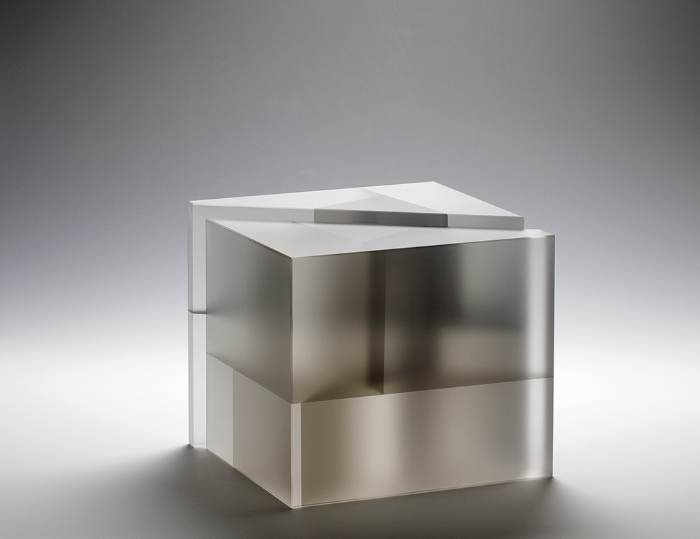
What is your favourite tool or piece of equipment and why?
I use a few power tools and machines, but I spend most of my time hand-lapping. I cut small pieces of glass to hold in my hand and apply silicon carbide slurry to the glass surface that I need to grind. This method allows me to hear the natural sound of grinding without the noise of heavy machinery. I can also feel the gradual transformation of the glass as it becomes smoother. It is a tactile experience that deepens my connection to the material and process.
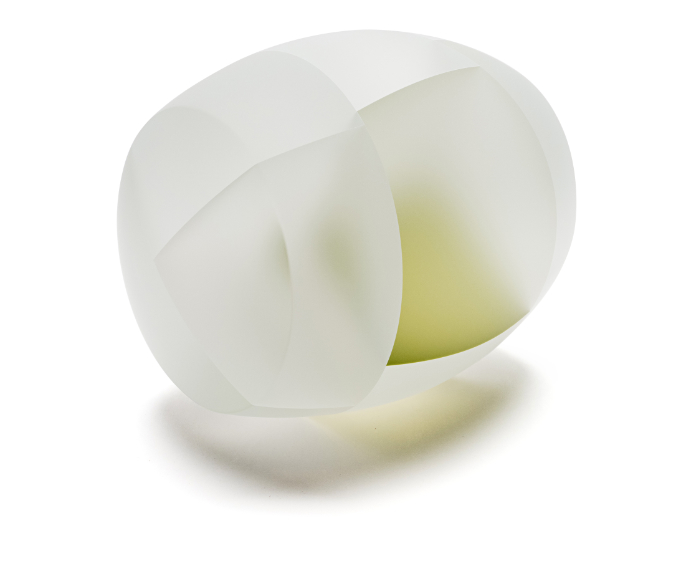
Do you have a favourite piece or collection you have made? Why is it your favourite?
My ‘White Drosophila Embryo Segmentation’, from 2013, is one of my favourites because it was one of the first works that I created with clear and white glasses. In my work, I’ve explored a range of colours, from monochromatic to vibrant compositions. However, white conveys a sense of purity and innocence, much like the potential of an embryo. In contrast, the use of multiple colours in my other works represents the diverse aspects and characteristics of life.

Where do you show and sell your work?
I have been exhibiting with Duane Reed Gallery in St. Louis, Missouri, USA, since 2008. Some of my work is also shown at Traver Gallery in Seattle, Washington, USA.
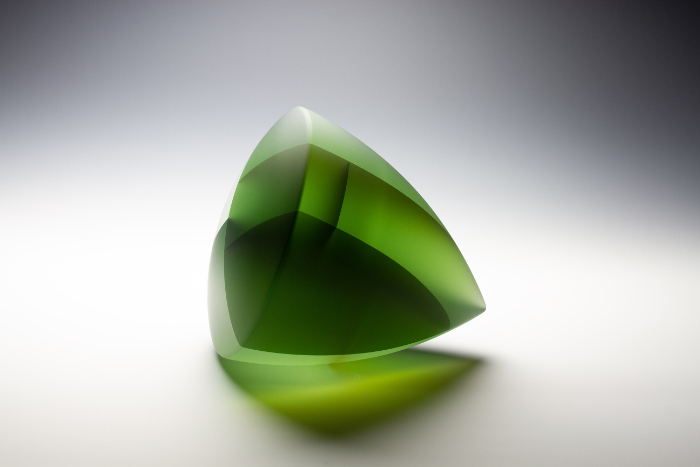
Where is your creative practice heading next?
I plan to continue developing my ‘Segmentation’ series. I’m also looking forward to moving my studio to a new space soon. In addition to the ‘Segmentation’ series, I’ve been working on other projects that I’m excited to keep exploring.
About the artist
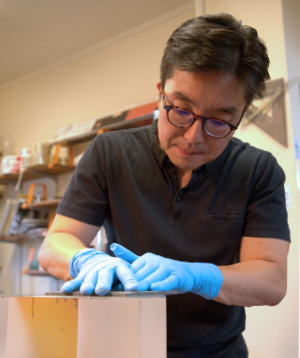
Jiyong Lee is a studio artist and educator based in Carbondale, Illinois, USA. As a professor of art at Southern Illinois University (SIU), he has led the university’s glass programme since 2005. Born and raised in Seoul, South Korea, Lee earned his MFA from the Rochester Institute of Technology in New York, where he also taught prior to his tenure at SIU.
His extensive teaching career has taken him to some of the world’s most renowned art institutions, including The Studio at Corning Museum of Glass, Pilchuck Glass School, Penland School of Crafts, Domaine de Boisbuchet in France, Canberra Glassworks in Australia, and Fire Station Artists’ Studios in Dublin, Ireland, among many others.
From 2009 to 2015, he was a board member of the Glass Art Society. His accolades include being a finalist for the 2021 Loewe Foundation Craft Prize, winning the 2017 Bavarian State Prize at the International Trade Fair in Munich, and receiving the Emerging Artist Award from the Glass Art Society.
His art has been showcased in prestigious exhibitions worldwide, with recent highlights including Thoughts on Thickness in Milan, Italy, the Translucency exhibition at the Tallinn Applied Art Triennial in Estonia, the Loewe Foundation Craft Prize exhibition, and KOREA NOW at the Musée des Arts Décoratifs, Paris. His works are part of prominent public and private collections, including those of the Barry Art Museum, Corning Museum of Glass, Chanel in France, and Samsung Corporation in Korea.
Find out more via his website: http://www.jiyonglee.com
Main feature image: ‘Monochromatic Fractal Segmentation’, made from cut, colour-laminated, carved glass. Photo by the artist.
